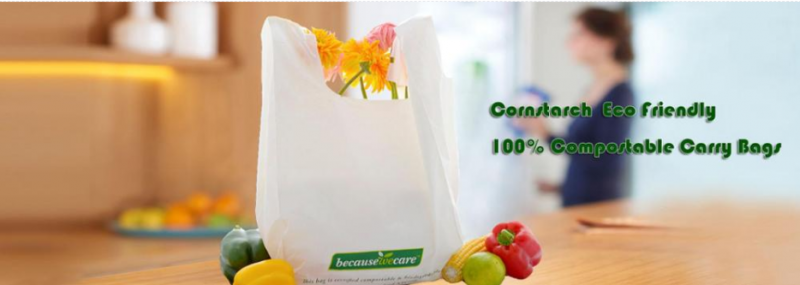Environmental protection is getting more and more attention from the public. The white pollution of the environment caused by traditional plastic bags is getting more and more serious. The country has begun a ban on plastics. Recently, people often talk about degradable plastic bags, biodegradable plastic bags and compostable plastic bags. Waiting for these material terms has left many manufacturers wondering that they are similar but different. So what is the difference between them? The following Anrui testing engineers will explain.

1、Degradable plastic bags
Degradable plastic bags include plastic bags that can be degraded by physical and biological factors (light or heat, or microbial action). The so-called aerobic degradation (that is, accelerated degradation by catalysts or activators at high temperatures) or photodegradable starch-polyethylene plastics will cause some environmental problems. These degradable plastic bag materials do not degrade as fast as compostable plastics and may leave debris. These degraded water-repellent fragments have a large surface area and may migrate to groundwater and soil. Some hydrophobic highly toxic substances such as PCB and DDT, such as PCB and DDT, are adsorbed and retained on the surface, making the content of toxic substances as high as 1 of the background content. Millions of times, enough to become a delivery system for toxic substances in the environment. Therefore, it is necessary to ensure that the product is completely biodegradable in a very short time determined by the treatment facility.

2、Biodegradable plastic bags
Biodegradable plastic bags are those plastic bags that can be completely digested by the microorganisms in the processing system as food for energy (entering the food chain). The determination of this complete microbial digestion/utilization is measured by testing whether the carbon element of the test plastic can be completely converted into CO2 through the microbial process occurring in the cell.

3、Compostable plastic bags
In addition to being biodegradable by microorganisms, there must be a time requirement for a plastic bag to be called “compostable” plastic. For example, ASTM 6400 (Specification for Compostable Plastics), ASTM D6868 (Specification for Biodegradable Plastics Used for Surface Coating of Paper or Other Compostable Media) or EN 13432 (Compostable Packaging) standards stipulate that these materials are used in industrial composting environments It should be biodegraded within 180 days. The industrialized composting environment refers to the prescribed temperature of about 60°C and the presence of microorganisms. According to this definition, compostable plastic will not leave fragments in the residue longer than about 12 weeks, does not contain heavy metals or toxic substances, and can sustain the life of plants.






